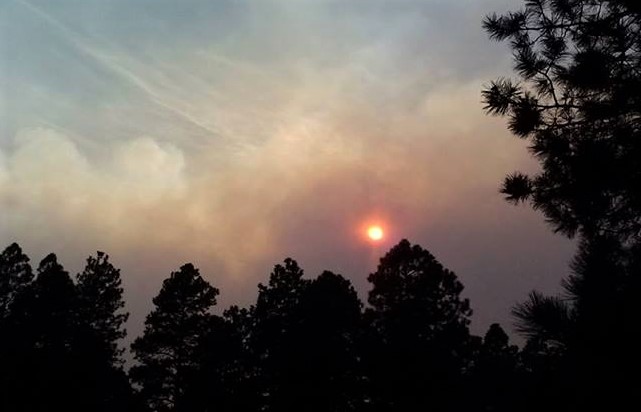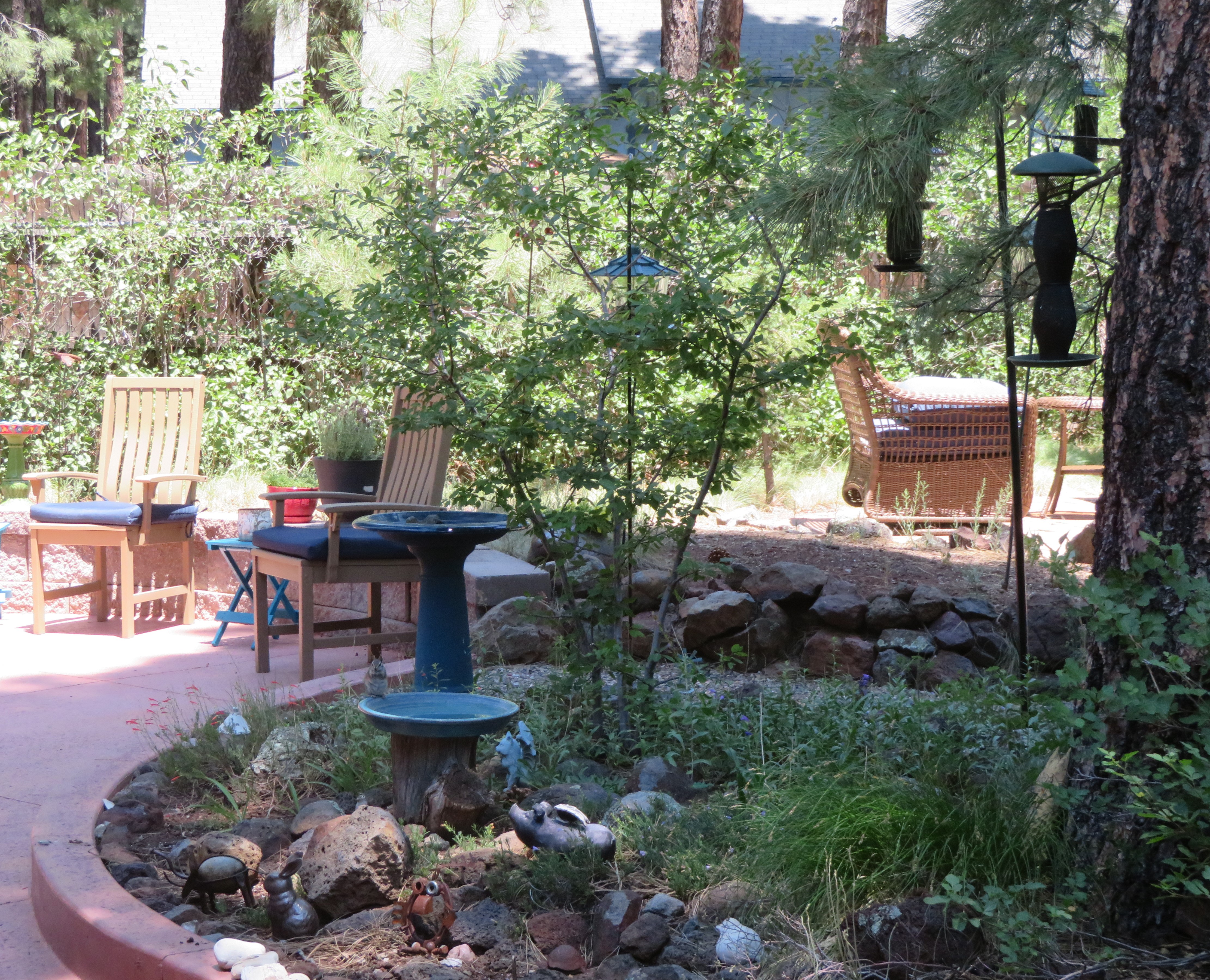
Even though our county government tells me that I should always be prepared for summer forest fires, I never really am.
I have a better bug-out-bag for the oft-imagined zombie apocalypse or potential nuclear fallout (I am a child of the 1980s, after all) than I do for the realistic evacuation orders for fires.
As the inevitable hero of my own stories, I like to think that I’m calm and rational when there’s imminent danger. In my mind’s eye, I move about the house with precision, knowing exactly where everything is and having already decided what is essential to save. I pack our clothes in perfect squares and have already prepared important files for our portable fire box. I also imagine that I’m so organized that all of these items are already in the garage waiting to be loaded into our car. In reality, when the “set” order was established in our area due to the Rafael fire, I grabbed files and clothes with some deliberation, not packing so much as stuffing, while constantly retracing my steps throughout the house. In this state, I can only hope that I have everything.
When my husband comes home from work, I breathlessly list all of the items I’ve packed. I had packed enough underwear for four days. Rethinking, I return to the bedroom and pack a few more pairs. For his part, he ensures the bird feeders and bird baths are full in the backyard. Later that night, he resists putting anything in the car claiming it’s too early. Not wanting to argue, I carry half of the items to the garage but don’t put them in the trunk. Even in an emergency situation, there are still compromises: his scientific method background pushes against my anxiety and faux-preparedness.
I continue circling the house with nervous energy, picking up and putting down items I deem essential at first, but then realize I am being foolish. A rubber eraser shaped like a squirrel that reminds me of my pediatric dentist. A ceramic hippo that my husband and I won with tickets from our first skeet ball game together during the summer of 1994. My cousin sends a note to remind me to grab family photos. Then I look for my husband’s family photos. I pick objects up and put them down. My question becomes not so much what is essential, but why do I think each of these items is essential?
I take a final sweep through the house but pause while scanning the bookshelves. There are too many books to try to save. There are also too many journals filled with my writing to take with us. This is the hazard of being a writer who has, since 7th grade, written everything by longhand and is about two years behind with transcription. The good news is that re-reading notebooks always yields interesting writing ideas. The bad: that I don’t remember the ideas in the first place and have written everything down. There are two bookshelves filled with journals and two file cabinet drawers with partially completed stories, poems and essays. Should I save any of this? What is essential?
Of course, once I look at the notebooks, my writer’s brain re-evaluates what else I might try to save. My 1930s typewriter? What about my fountain pens? Or the blank gift notebooks I had yet to fill? I stop in the middle of everything, feeling half-crazed and send a note to my friend, James, who is also a writer, looking for his wisdom and reassurances. He’s been known to write his poems on whiskey boxes, and I wonder how he might pack those. “How do I decide what is essential?” I ask. He writes back that only the “creatures that breathe” matter. “You’ll write more,” he adds in the next line of his note. James made me realize that the preservation of my words may not be as essential as my will to continue writing and creating.
Now that a few days have passed, I see my worries more clearly. When the Slide Fire happened in 2014, my priorities were different. My husband and I looked around and agreed everything was replaceable. Since then, I’ve learned to pay more attention to nature and the variety of creatures (coatimundis! javelinas!) in the neighborhood and backyard. I can smell the earth and cinnamon scents of the pine trees, identify osprey and cormorants at the pond and walk the wetlands in all seasons. I’ve come to appreciate how majestic and fragile this whole ecosystem is. Deep down, I think my fear is not so much for our safety or the things we would leave behind, but that all of this beauty would disappear. Intellectually, I know that forests grow back, that nature renews. But would we want to recreate our home in the middle of this forest, continuing to disrupt nature in our own human way?

This morning as I write, a Steller’s Jay swings from one of the birdfeeders, dropping more seed than it seems to be eating. No matter – the ground squirrel and chipmunk in our yard sit together eating the fallen bird seed and feed corn. The nuthatches are back, circling each other as they climb a tree trunk like a spiral staircase. A robin takes a bath in the bird bath. A lesser goldfinch provides the soundtrack, singing a sweet song from the naked boughs of the ponderosa pine outside my window. Fire preparedness means cutting down those dead branches. The bird lover in me keeps them so that the birds have somewhere to sit while waiting turns at the feeder. I’m still not sure how to balance how I interact with nature and how my interference impacts this back yard bubble of life. But I will keep watching and listening to what nature tells me while waiting for more monsoon rains.

